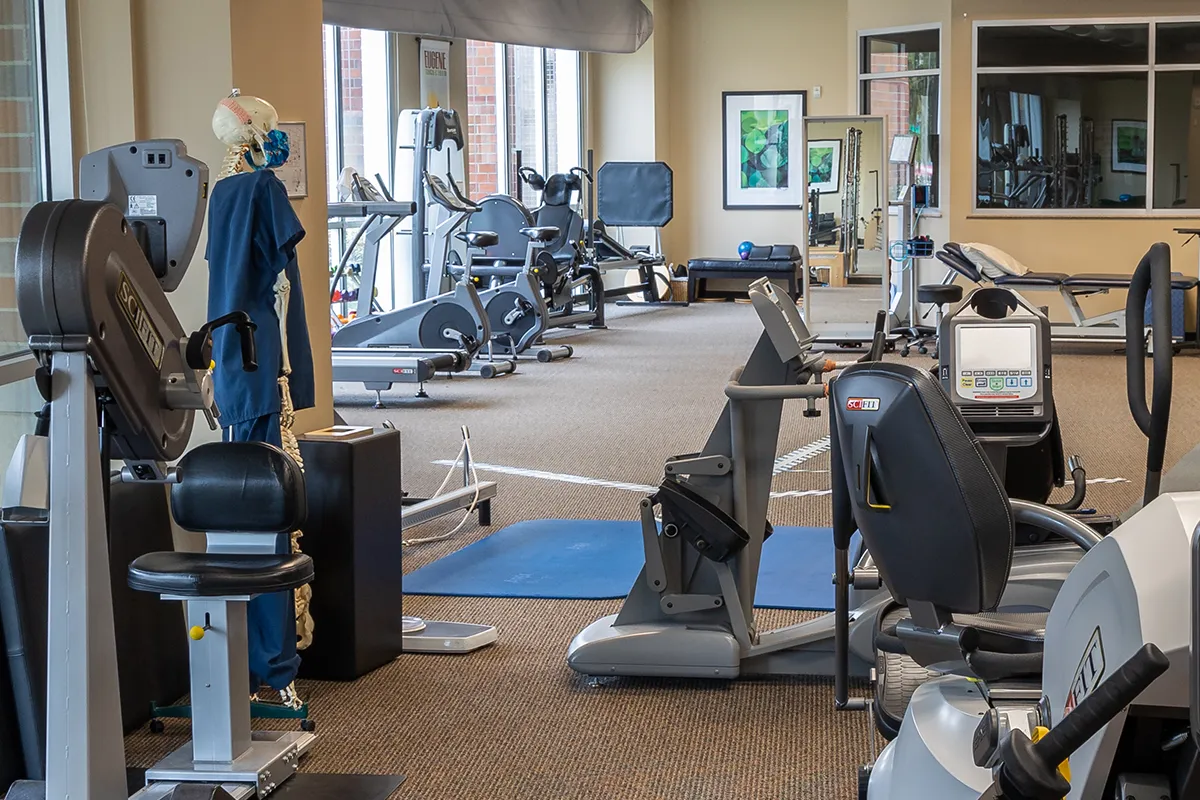Tiger Woods
Tiger was involved in a severe car accident on February 23, 2021. Fortunately, he survived but sustained fractures to both tibias, one of which was open, as well as multiple foot and ankle fractures. The press release (below) indicated having significant pressure and a soft tissue injury, also known as compartment syndrome. This requires a soft-tissue release, which we call a fasciotomy. While the injuries to the bone are significant, the trauma to the muscle and surrounding tissues can be even more devastating.
What is compartment syndrome?
Your extremities have compartments for the muscles which are contained within a layer of thick fascial tissue. Your lower leg (where compartment syndrome is most likely to occur) has four compartments. Compartment syndrome is a condition in which the pressure inside the leg builds up due to bleeding and swelling. If not released, the pressure prevents blood flow to the muscles, nerves, and other tissues which can cause significant long-term consequences (think foot drop due to muscle death). Most cases of compartment syndrome are due to high-energy trauma, such as a car accident or a significant fall. Usually, there is an associated fracture (i.e., tibia fracture). This condition requires early recognition in order to intervene. Often this can be diagnosed by an experienced orthopaedic surgeon through a clinical exam. Occasionally, it can require a procedure in which we measure the compartment pressures by using a needle and a special pressure monitor. If recognized early, treatment in the form of a surgical release (i.e., fasciotomy) can prevent long-term problems.
In athletics, there is another type of compartment syndrome called exercise-induced compartment syndrome. This is less common than the traumatic type, but it consists of pain in the lower legs brought on with exercise. The theory is the same. As you increase activity, blood flow in the muscle is increased, and with it the pressure increases, thereby creating pain in the lower leg and sometimes numbness. The hallmark symptoms include increased pressure and numbness in the lower leg and foot with exercise. Usually, the onset of pain occurs in a predictable fashion and is brought on with exercise. Since the symptoms are transient, it is not an emergency and the diagnosis is usually made by measuring compartment pressures before, during, and after exercise. Most commonly, I see this in 20 to 30 year old athletes, but this can occur in athletes of all ages.
If you suspect you have exercise-induced compartment syndrome, give us a call at (541) 743-4102. We have dedicated staff that can help with the diagnosis and determine the best treatment options for you.
Here is an example of what compartments in the lower leg look like.





